Lue Morgan Douthit, longtime director of literary development at the Oregon Shakespeare Festival (OSF), commissioned a translation of Shakespeare’s Timon of Athens into contemporary modern English in the fall of 2015, beginning OSF’s Play On! project. With the Bard still continuously the most-produced playwright in America, one purpose of the project was to ask why so many companies produce Shakespeare year after year after year. “What are we saying when we say, Here’s this writer who’s ‘universal’?” Douthit asks. “Because some of these plays are hugely problematic. Are we just saying, Well, it’s a reflection of that time and, gee, we’re not that bad now? We’re re-upping every year, and what are we re-upping?”
Over the course of three-plus years, Play On! evolved from an OSF program to the freestanding nonprofit organization Play On Shakespeare, which Douthit now runs as executive director. In its giant experiment, the project commissioned thirty-six playwrights to translate the entire corpus of Shakespeare into contemporary modern English, hewing faithfully to the plot, characters, and structure of the originals without sacrificing their heightened language, metaphoric richness, or verse. As part of the commission, each piece received a series of developmental workshops, leading up to a June 2019 festival that presented staged readings of all thirty-nine translated plays, in chronological order.
One could argue there’s nothing particularly radical about this approach to the Bard—it’s not like there’s a definitive, authoritative version of most of the plays. Some of them appear to be missing chunks of text anyway, and an uncut script is almost never produced. Not to mention that, for the first several hundred years after Shakespeare’s death, his language was frequently deemed dusty and outdated, so it was adjusted for audience sensibilities. Doing so is much rarer in our era—setting, context, and casting are more likely to be imagined afresh than the words.
The project’s most radical aspect may be in the writers selected: one of Douthit’s main commitments, beyond strict respect for the original text, was that the writers be at least 51 percent women and 51 percent artists of color.


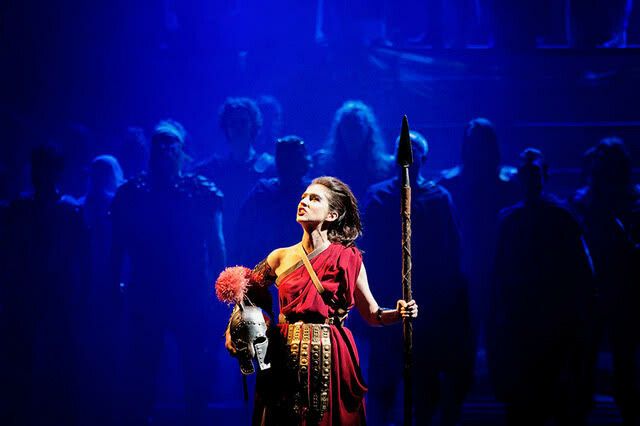

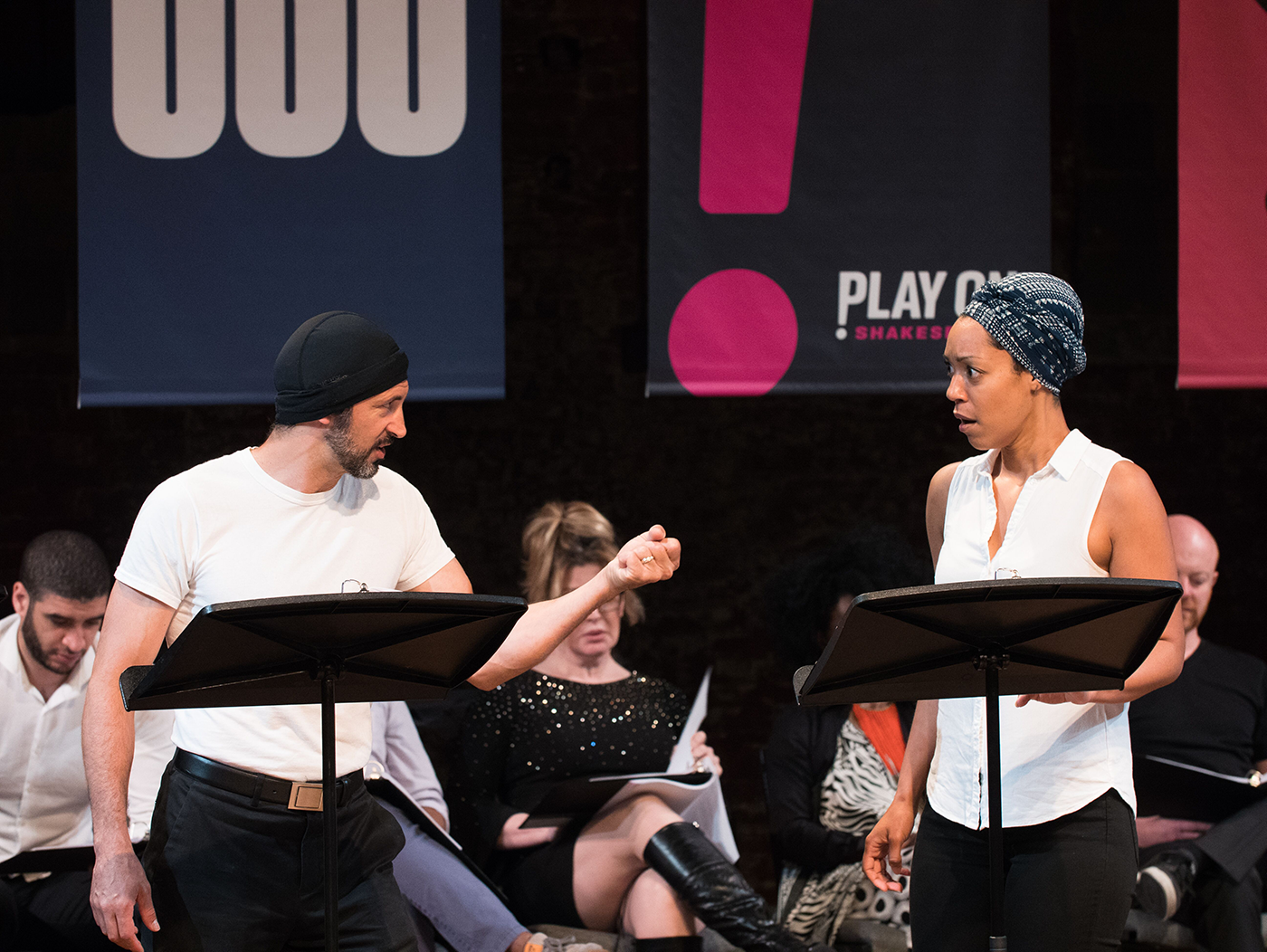
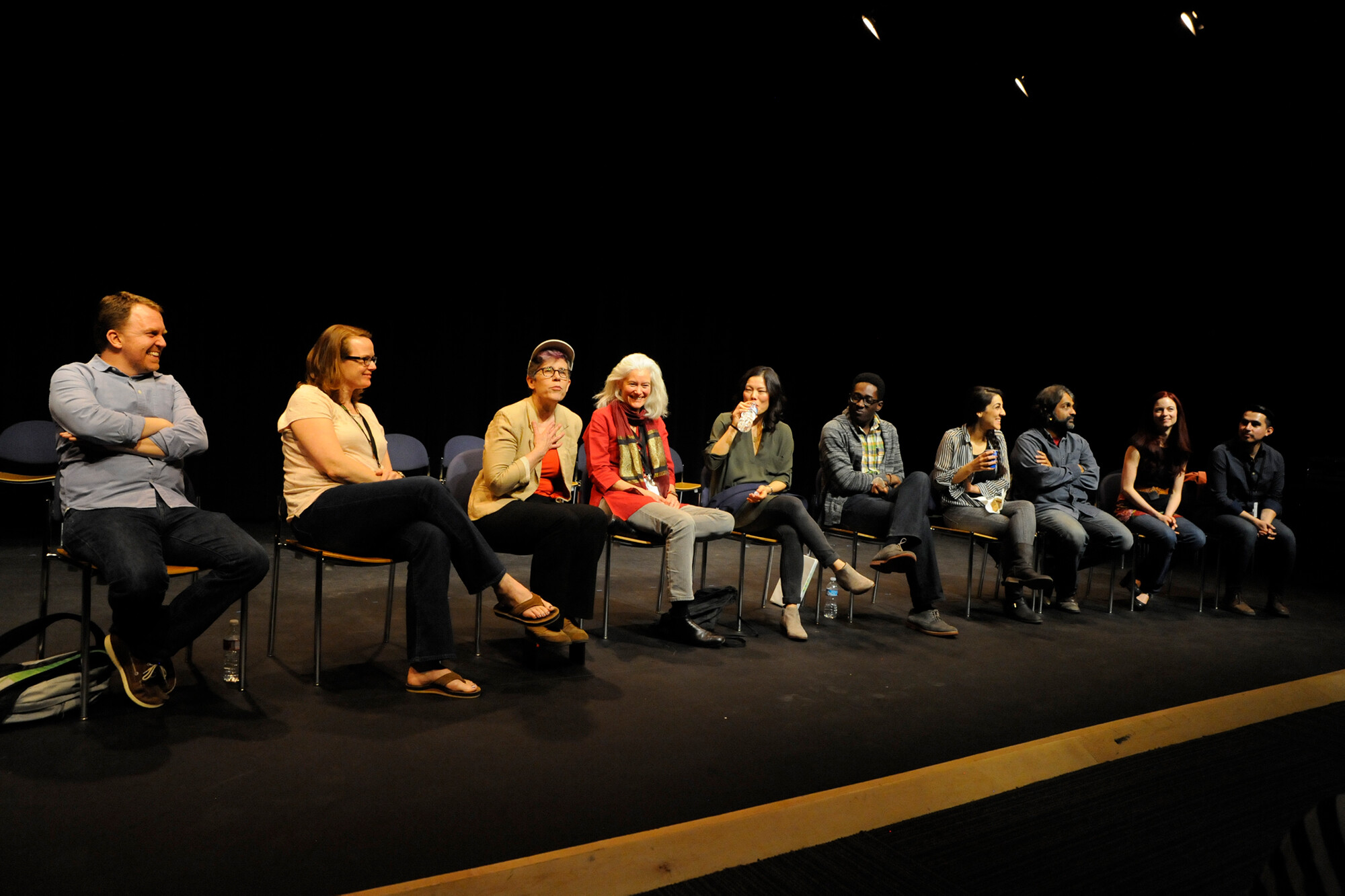


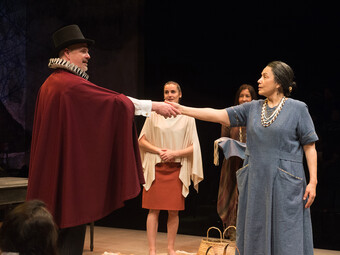

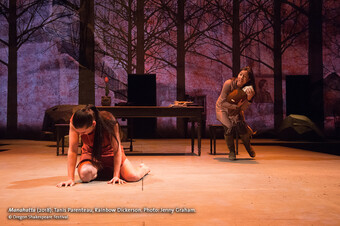





Comments
The article is just the start of the conversation—we want to know what you think about this subject, too! HowlRound is a space for knowledge-sharing, and we welcome spirited, thoughtful, and on-topic dialogue. Find our full comments policy here